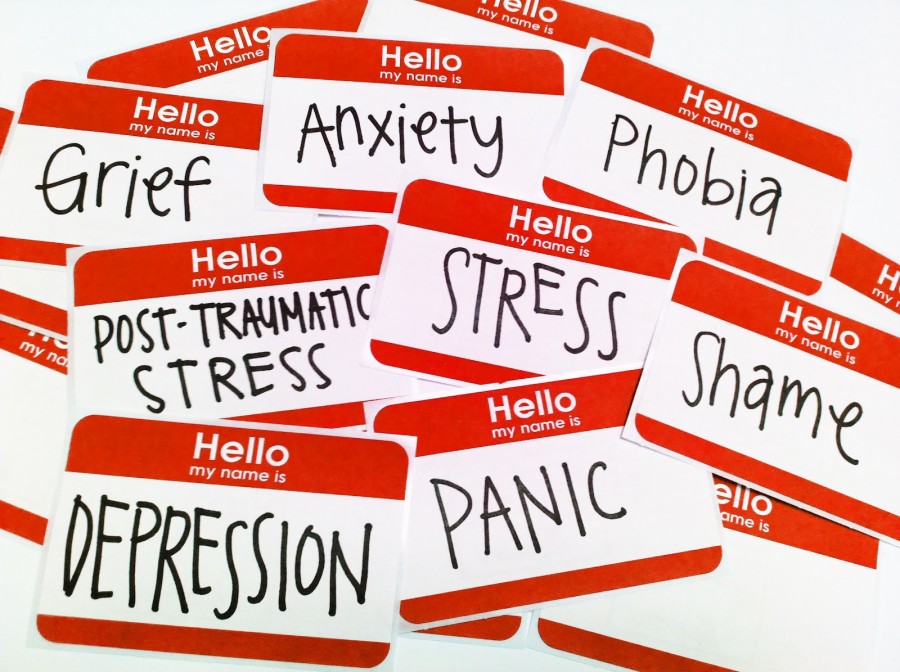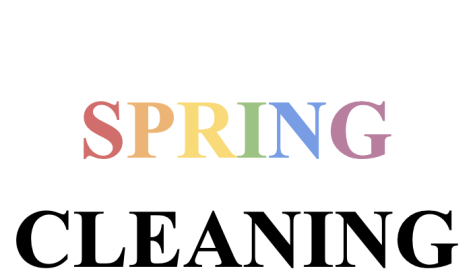A Conversation about Mental Health
March 7, 2016
According to the National Alliance on Mental Illness (NAMI), 1 in 5 American teenagers live with a mental health condition. If you took the average 30 student classroom, potentially 6 out of those 30 students could have a mental health condition, known or otherwise. The question is, with mental illness being such a common occurrence, why is there such a negative stigma attached to it?
Mental health stigma can be put into two distinct categories: social stigma and self-stigma. Social stigma occurs when society directs prejudice and discrimination toward individuals with mental health problems. Self-stigma is when the mental health sufferers internalize their own prejudices against themselves.
A good deal of self-stigma often stems from the social stigma looming over the individual. People are often dismissed as being manipulative, lazy, or seeking attention if they reveal that they are battling a mental illness. Even worse, if someone is actually recognized as having a mental health problem, they are labeled as being weak or broken. For many people, the attitudes surrounding them regarding mental health leave them in a lose-lose situation. People think negatively of someone’s mental health and eventually the individual with the condition may also do the same. You might hear, “You’re not depressed. Your life isn’t that bad”, “That’s not real anxiety. You’re overreacting for attention”, or perhaps “Why don’t you just stop?”. In return, a person with a mental health condition will start to believe these very things or have new thoughts derived from them. Thus, social stigma fuels the self-stigma.
Self-stigma can be extremely inhibiting when it comes reaching out and getting help. Jennifer Buser, the Psychologist at Peninsula High School, works with students every day in regards to their mental health.
“Part of the stigma with mental health and support is people think that they can work it out on their own. Often times that’s not the case.” says Buser.
In Buser’s experience, youth grasp the idea of seeking support and accepting support a little better than adults do. With adults there tends to be a false perception of what independence and strength really entail. The idea that strength only means being 100% self reliant is an illusion and another contributing factor to the negative perceptions surrounding mental health.
In an article posted on the National Alliance on Mental Illness (NAMI) website, “9 Ways to Fight Mental Health Stigma”, Laura Greenstein lays out ways to combat social stigma and self-stigma.
- Talk openly about mental health.
- Educate yourself and others about mental health.
- Be conscious of your language (i.e. avoid using derogatory terms).
- Encourage equality in how people perceive physical illness and mental illness.
- Show empathy and compassion for those living with a mental health condition.
- Stop the criminalization of those who live with mental illness.
- Push back against the way people who live with mental illness are portrayed in the media.
- See the person, not the illness.
- Advocate for mental health reform.
When it comes down to it, the central idea in reducing the mental health stigma is having a discussion.
“We need to have more open discussions on mental health. It should be talked about more in the classroom and normalized more because it’s so common. People are beginning to recognize this, whereas thirty years ago, that wasn’t the perception,” said Buser.
If we discuss mental health in a more open way, then we are well on our way to normalizing it and reducing the stigma. Open discussions lead to better understanding and more education on the subject.
On college campuses, an organization called Active Minds aims to change the culture on campus and to get students talking about mental health. The program advocates for mental health regarding college students. By doing so, it educates on issues such as eating disorders, depression, suicide, and the overall stigma that comes with these issues. Active Minds hosts panel discussions, awareness campaigns, and reaches out to the public on social media.
While Active Minds is a college program, everything that it does can be done by any one of us. Whether making informational posters or sharing a link on social media, anyone can spread awareness of mental health issues. Reducing the mental health stigma starts with you.













